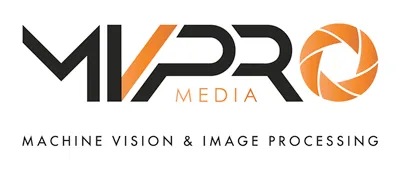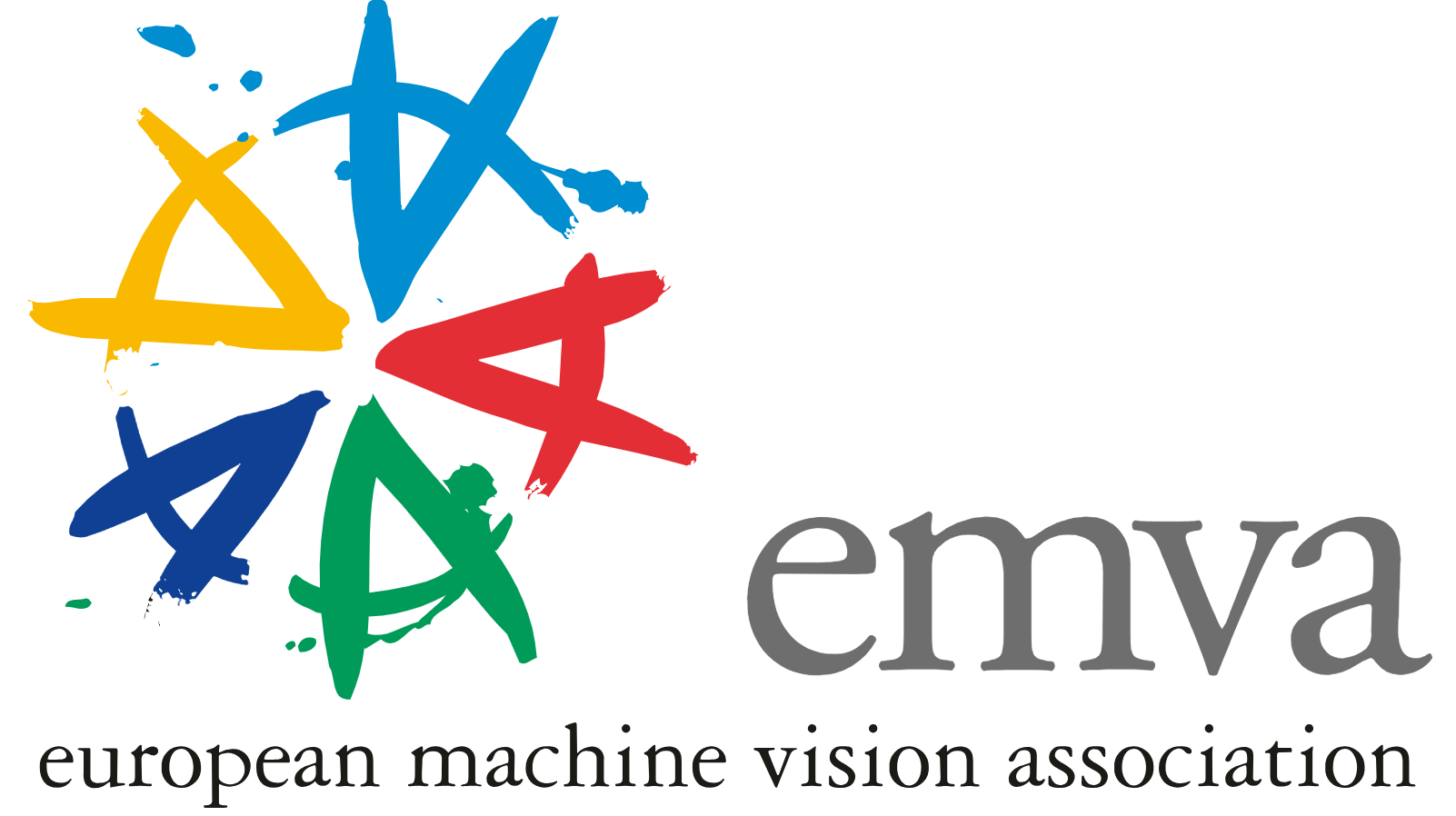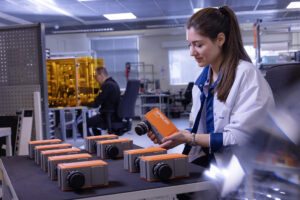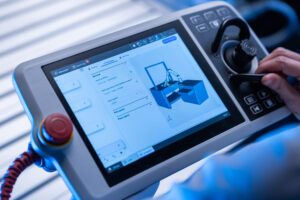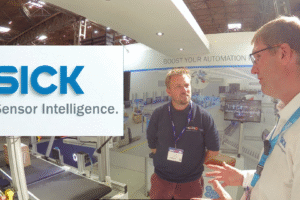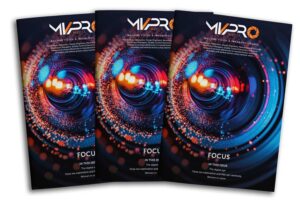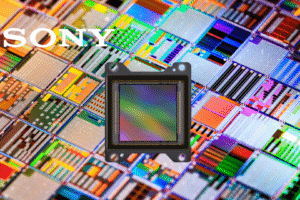Expert Participation Needed in the Transition from EMVA 1288 to ISO 24942
In autumn 2024, the EMVA Board of Directors decided to convert the EMVA 1288 standard hosted by the association into an international ISO standard. The latest standard version EMVA 1288, Release 4.1, is now being further developed at ISO level. As an official working group of the International Organization for Standardization (ISO), the standard now has a platform to become a binding standard for measuring and presenting specifications for image processing sensors and cameras in other sectors far beyond traditional industrial applications. By participating in the ISO working group, European companies may play a decisive role in shaping the future development of the standard.

International experts are expressly invited to contribute their expertise to the ISO-TC42-WG28 working group. However, this is no longer limited to the machine vision industry alone. This is already clear from the fact that the working group has been assigned to the general field of photography within ISO. Clearly, ISO offers the standard greater visibility for related industries and specialist disciplines, far beyond Europe. ‘At the same time, however, this also means that other nations and groups outside the field of machine vision can place their interests very prominently through active cooperation and thus possibly also assert them,’ says Dietmar Wüller. The Managing Director of Image Engineering has a lot of experience with ISO standardization processes and has been asked by the EMVA to lead the new ISO working group as a so-called ’convenor’; a position comparable to that of the ‘chair’ in the EMVA 1288 standards committee. Together with the EMVA, Wüller is recruiting as many new members in the machine vision industry for the ISO group as possible. ‘Participation in this working group is of great interest to all companies involved in the measurement and presentation of specifications for image processing sensors and cameras. In other words, hardware developers of image sensors and cameras as well as distributors of machine vision components find here the platform to place their views on the future development of the standard. Of course, not only companies that have already been involved in EMVA 1288 previously are invited to contribute.’
Voting rights and membership of the ISO Group
ISO is a network of 172 national standards organizations. As such, ISO membership consists of the leading standardization organizations in their respective countries and there is only one ISO member per nation. The respective national standards organizations are entitled to nominate experts for the various ISO working groups. These experts are, for example, companies from the machine vision industry who wish to participate in the ISO-TC42-WG28 working group. After having registered at their national standardization body the experts/companies may be nominated as member of the ISO working group. ’All standardization organizations that have delegated an expert are entitled to vote in the ISO working group. When voting on a new standard release, for example, each country vote only counts once, regardless of how many experts from a country are in the working group,’ explains Convenor Dietmar Wüller. The standardization bodies, such as BSI in the UK or AFNOR in France, charge a fee that varies depending on the country.
Active support by the EMVA
For EMVA, as the long-standing hosting association of the EMVA 1288 standard, it is a logical step to now establish the standard at ISO level. This means, however, that the standard is no longer under the direct influence of the association, but its further international development and dissemination is much more important. ‘The idea behind EMVA 1288 is to specify various image quality parameters and the associated measurement methods and display formats in a uniform manner. This means that the standard may be applied far beyond image processing to all possible fields of photography, including new camera-based applications in constantly growing areas of application such as automotive and smartphones,’ emphasizes EMVA Managing Director Thomas Lübkemeier. ’The visibility of the standard for new fields of application as well as geographically beyond Europe to Japan, the USA and China is now guaranteed at ISO level.’ In addition, with ISO as the new host, there is a greater obligation to pull together internationally and national solo efforts are minimized.



From left to right: Dietmar Wüller, Thomas Lübkemeier and Pr. Dr. Bernd Jähne.
Future of the EMVA 1288 working group
But what will happen to the EMVA 1288 standard working group under the umbrella of the EMVA? Its Chair, Prof. Dr. Bernd Jähne, explains: ‘We are planning to continue the EMVA 1288 working group in coordination with the EMVA. This will allow us to continue to offer and license the standardized data sheet based on the ISO standard, provide technical support to the ISO group and carry out test measurements.’ Although the EMVA 1288 group as such no longer has any direct influence on the further development of the ISO standard, it does maintain influence via the individual membership of the companies in the ISO working group TC42-WG28. To date, only Belgium, Germany, the United Kingdom and Spain are represented there with experts in addition to the USA, Japan and China. ‘For a stronger representation of European interests in the future technological design of the standard, there is an urgent need for more machine vision experts from various European countries to actively participate in the ISO working group in order to exercise the voting rights of their respective countries,’ emphasizes Prof. Jähne.
Participation through collaboration
This is exactly what the protagonists are now promoting. After all, it would be in the interests of all machine vision players who are already successfully using the EMVA 1288 standard or planning to do so to get involved here. The largest possible number of machine vision companies participating in the ISO working group via their national standardization body means greater weight for the machine vision industry and, geographically, for the continent of Europe. There are standardization institutes in all European countries. For Germany, this is the German Institute for Standardization (DIN), in Spain the UNE – Asociación Española de Normalización, the British Standards Institution BSI in Great Britain or the Ente Italiano di Normazione (UNI) in Italy. Of course, EMVA supports interested companies with the necessary registration steps.
For more information, visit https://www.emva.org/standards-technology/iso-24942/how-to-contribute/
